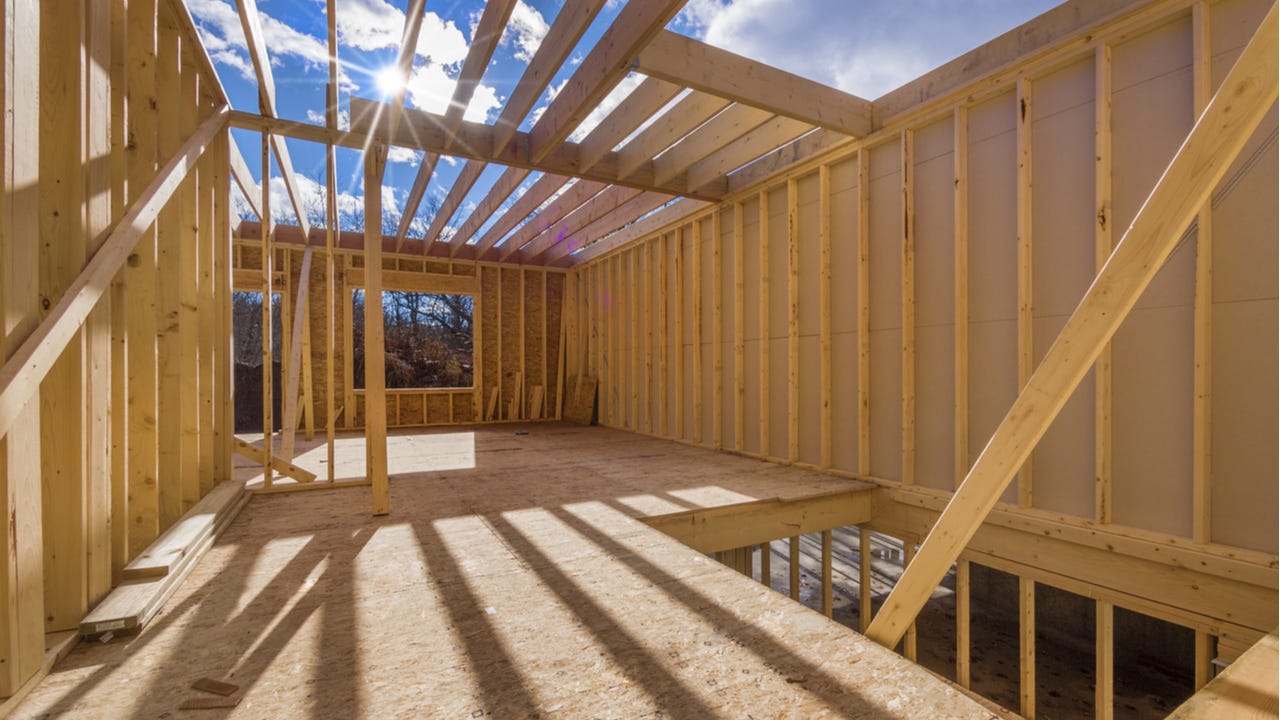What is a certificate of occupancy, and do I need one?

The Bankrate promise
At Bankrate we strive to help you make smarter financial decisions. While we adhere to strict , this post may contain references to products from our partners. Here's an explanation for .
Key takeaways
- A certificate of occupancy is a legal document that proves a property is safe to inhabit and meets all code and usage requirements.
- It is often required for major home renovations or when selling a property.
- The process and cost of obtaining a certificate of occupancy can vary widely depending on your location.
It’s natural to want to make sure a home is safe to live in before you buy it. Luckily, in many places, there are regulations and mandatory disclosures home sellers must comply with to make sure buyers are informed. In some municipalities, this means having a certificate of occupancy (often abbreviated to CO). Effectively, it’s a special permit legally declaring that a property is habitable and meets all code and usage requirements.
Let’s take a deeper look at certificates of occupancy, including when you need one, where to get one and how much they cost.
What is a certificate of occupancy?
A certificate of occupancy is a legal document that proves a structure, such as a house or office building, is safe to inhabit. In addition to the property address and owner, a certificate of occupancy will include the following three things:
- Description of specific legal use and type of property: This indicates what the property is classified as from a zoning perspective, such as whether it’s zoned for residential, commercial, industrial, retail or mixed-use purposes. It ensures the property is being used as intended.
- Verification that the property is up to code: This serves as proof that the property is in compliance and up to date with housing and building codes.
-
Confirmation that the property is suitable to be occupied: This confirms that the property conforms to the codes and standards set by your municipality, and the structure is fit for occupancy. Without a CO, the property cannot be legally occupied.
When you may need a certificate of occupancy
If you’re sprucing up your home to get it ready to sell, or if you’ve bought a fixer-upper that needs work, whether or not you need a new certificate of occupancy will depend on the scope of the projects. In general, minor home renovations will not require a new CO to be issued. However, there are a few home-improvement scenarios when one is likely to be required, depending on local rules and regulations. These include.
- Major renovations: When you make significant changes or improvements to a property — for example, fixing up a home that had been condemned, or even just completing an addition — you’ll likely need to obtain a certificate of occupancy before you can sell it. That’s in addition to needing a building permit upfront.
- Changing the property type: Every type of residence, such as a condo, multifamily or single-family home, has its own permitting and records that detail the type of property to ensure it is used the way it was intended. (The same goes for commercial properties.) Owners who get a permit to convert their property to a different class will need a certificate of occupancy indicating the change. For example, if you’re building a basement apartment that converts a single-family home into a multifamily one, you’ll need to get a CO after the work is completed to reflect that.
- New-construction property: A certificate of occupancy is required as part of the sale of any brand-new home or building.
-
A new owner or occupant: Some municipalities require a new certificate of occupancy each time you sell a property, or when a new tenant moves into a rental property. To ensure you’re following regulations, check with your local building or zoning authority.
How to get a certificate of occupancy
To get a certificate of occupancy, contact your local building or zoning inspection office and ask what documentation you’ll need to provide. In most cases, the information will be posted on your local government’s website. Some areas have much more stringent regulations than others.
Typically, your municipality will send an approved inspector to check out fire safety, electrical wiring and plumbing systems, plus any general additions, such as doors and exits. These will be assessed against building codes to determine if there are any violations. Whoever applies for the certificate must be present for all required property inspections.
Once an inspection has been completed, you’ll receive a report that outlines the details of your property and whether you pass. If so, you can claim your certificate and are free to sell the property. If not, you’ll receive a list of issues that need to be addressed before the sale can be completed. Your municipality will decide how much time you’ll be given to complete repairs. Then, you’ll need to complete another CO inspection in order to move forward.
How much does a certificate of occupancy cost?
Because different municipalities operate differently, the fee to get a certificate of occupancy varies significantly from place to place. For example, in Tamarac, Florida, it costs $260 for a safety permit, then $89 plus $3 for every 1,000 square feet of space in the building. Compare this to West Chicago, where it costs $100 plus an additional $0.12 per square foot of floor space. The cost, which is typically paid by the seller, also depends on the size and type of property.
Bottom line
Getting a certificate of occupancy can be a lengthy and expensive process, especially if you need multiple inspections. Rules around them vary significantly from market to market, and one may not even be needed in your local market. But in areas where they’re required, they’re non-negotiable. If you’re unsure whether you need one or not, ask your Relator or a local real estate attorney.
Related Articles



